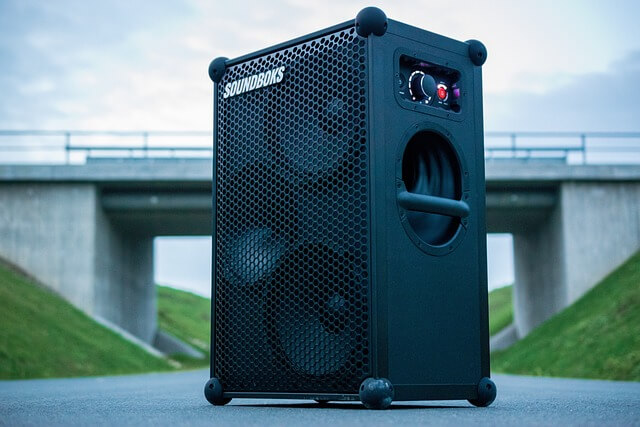The Evolution and Future of Professional Loudspeaker Systems
Professional loudspeaker systems have come a long way from the early days of bulky wooden cabinets and limited frequency response. Today, they represent a marriage of cutting-edge engineering, digital technology, and acoustic science — all working together to deliver sound that is powerful, precise, and immersive. As audiences demand higher quality experiences across concerts, theaters, conferences, and entertainment venues, loudspeaker systems continue to evolve at an impressive pace.
From Basic Amplification to Precision Sound
In the early years of amplified sound, loudspeakers were largely about making things louder. While they succeeded in projecting sound to bigger audiences, they often lacked balance and clarity. By the late 20th century, the introduction of line array technology revolutionized the industry. With vertically stacked loudspeakers working in harmony, sound engineers gained the ability to project consistent coverage over long distances, reducing issues like uneven sound levels between the front and back of a venue.
This innovation marked the beginning of a new era, where professional loudspeakers were no longer judged only by volume but also by intelligibility, fidelity, and control.
Key Technological Advancements
1. Digital Signal Processing (DSP)
Modern systems integrate powerful DSP to fine-tune performance. Engineers can control frequency response, delay, and dynamics in real time, ensuring optimal sound in any environment. DSP also allows for presets that adapt systems to different applications, from live music to spoken word.
2. Software Modeling and Simulation
Before a single loudspeaker is installed, engineers can now model an entire venue using software. This allows precise predictions of how sound will behave, saving time and ensuring consistent coverage. Tools like EASE and proprietary modeling programs have become indispensable for system design.
3. Wireless Control and Networking
Gone are the days of manually adjusting each speaker. With networked audio systems, engineers can control dozens or even hundreds of loudspeakers from a laptop or tablet. This makes troubleshooting, optimization, and live adjustments faster and more efficient.

Image Source: Pixabay
4. Compact Yet Powerful Designs
Thanks to advances in materials and amplifier technology, modern loudspeakers are lighter and more portable while delivering higher output. This benefits touring companies that need to move equipment frequently without sacrificing performance.
5. Sustainability and Energy Efficiency
Today’s loudspeakers are designed with environmental responsibility in mind. From recycled materials to energy-efficient amplifiers, manufacturers are reducing the carbon footprint of their products while maintaining high performance.
Applications Across Modern Venues
These technological advancements benefit a wide range of industries:
- Concerts and Festivals: Delivering powerful sound that reaches tens of thousands without distortion.
- Theaters: Achieving clarity for both spoken dialogue and orchestral music.
- Corporate and Education: Supporting presentations and lectures with intelligible audio.
- Houses of Worship: Balancing speech and music for congregations of all sizes.
- Hospitality and Retail: Creating immersive soundscapes that enhance customer experiences.
The Future of Professional Loudspeaker Systems
Looking ahead, several trends are shaping the future of pro audio:
- Immersive Audio: Technologies like spatial and 3D sound are becoming more common, creating experiences where sound seems to move around the listener.
- AI and Automation: Artificial intelligence is starting to play a role in auto-tuning and real-time adjustments, reducing the workload on engineers.
- Greener Systems: Expect further emphasis on eco-friendly materials, renewable energy compatibility, and sustainable manufacturing.
- Smarter Integration: Loudspeakers will increasingly integrate with lighting, video, and building control systems to deliver seamless event management.
Professional loudspeaker systems have transformed from simple amplification tools into highly sophisticated audio solutions that combine precision, power, and adaptability. As technology continues to advance, the future promises even more immersive, efficient, and sustainable systems. Whether for a stadium concert, a corporate conference, or a small theater, professional loudspeakers remain at the heart of connecting performers to audiences — ensuring that sound is not just heard, but experienced.
Comments